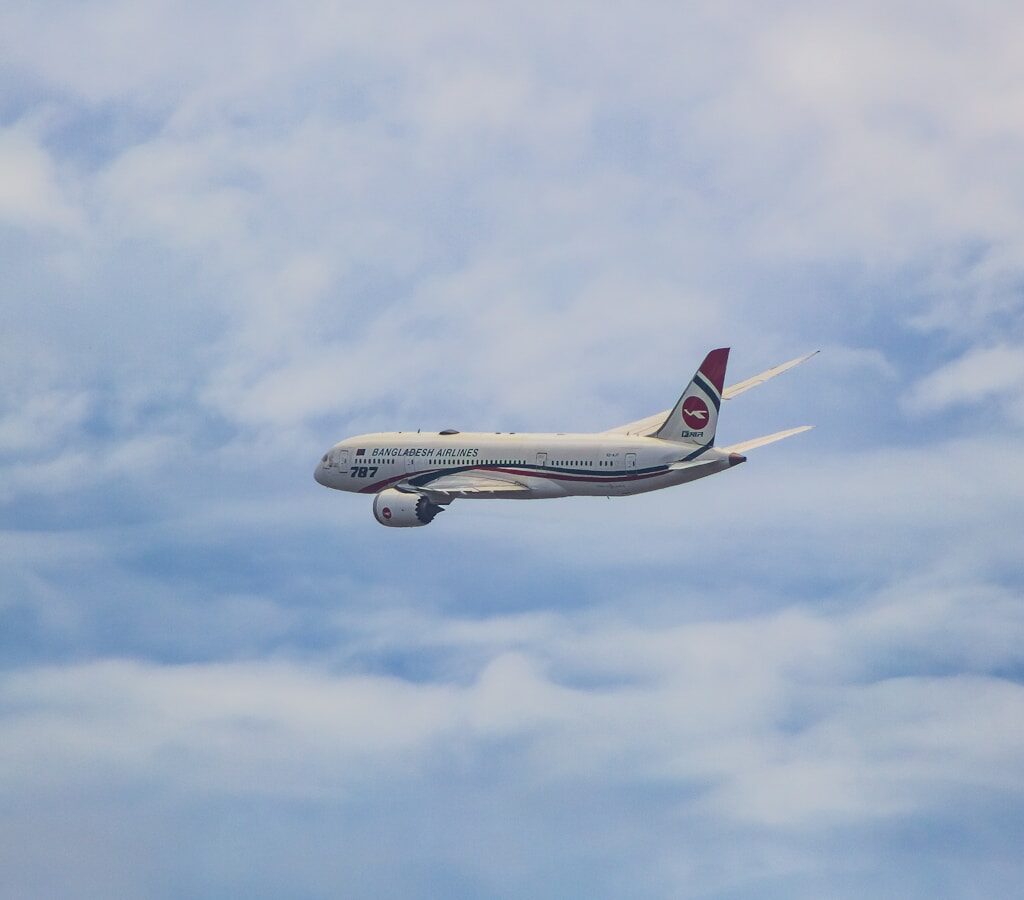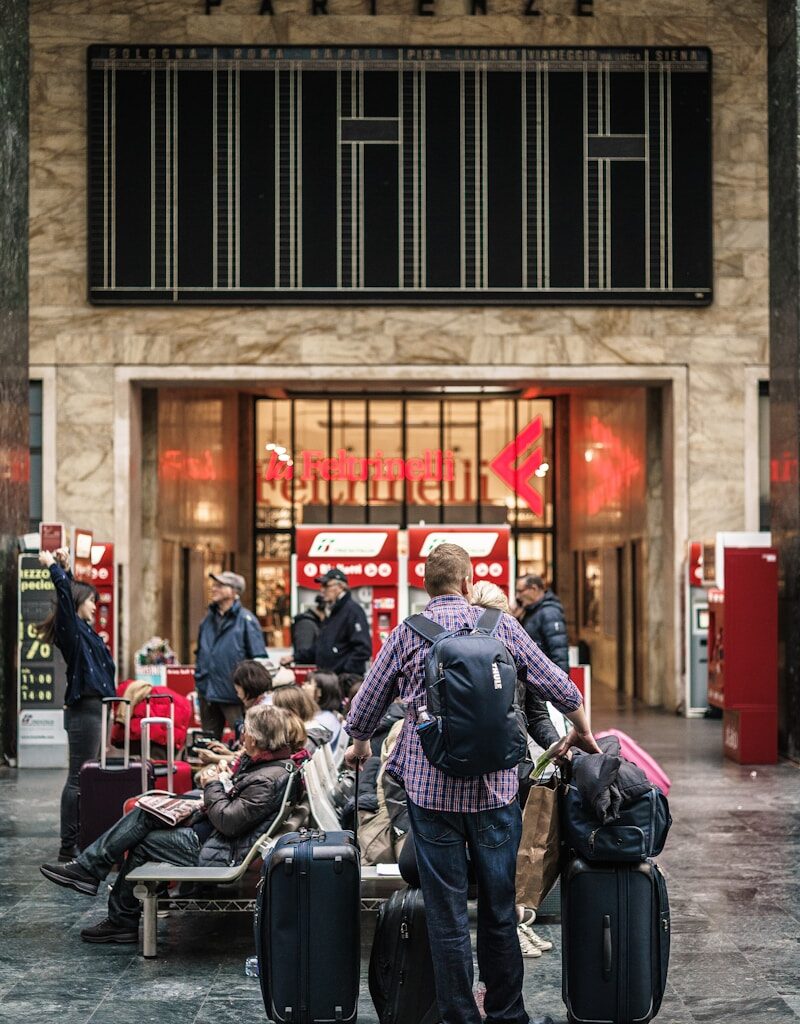n the fast-paced and highly competitive hospitality industry, staying ahead of the curve is crucial to maintaining high occupancy rates and maximizing revenue. One of the most effective ways for hotels to achieve this is by implementing dynamic pricing strategies. Dynamic pricing, which involves adjusting room rates based on various factors like demand, competition, and market conditions, allows hotels to capitalize on both high-demand periods and slower seasons. Whether you’re catering to Indian travelers or international guests, dynamic pricing can significantly improve your hotel’s occupancy rates and overall profitability
1. Maximizes Revenue During Peak Demand Periods
During times of high demand—such as during popular holidays or major events—dynamic pricing allows you to increase your room rates to capitalize on the higher number of bookings. This not only boosts your revenue per booking but also ensures that you’re optimizing your hotel’s capacity during busy seasons.
For example:
- Indian Travelers: During peak travel seasons such as Diwali, Holi, or New Year’s, many travelers plan family vacations or getaways. By increasing your rates during these periods, you can take full advantage of the surge in bookings, resulting in higher revenue.
- Global Travelers: International travelers often book hotels during key vacation periods, such as summer or Christmas holidays. Dynamic pricing enables you to raise your rates during these peak times, especially if your hotel is located in a popular tourist destination.


2. Attracts Price-Sensitive Guests During Off-Peak Periods
On the flip side, during off-peak seasons or times of lower demand, dynamic pricing helps you lower your rates to attract more bookings. If your hotel is located in a destination that experiences seasonal variations, this strategy ensures that your rooms remain occupied even when demand is slow.
- Indian Travelers: Many domestic travelers in India prefer to book during long weekends or during specific regional festivals. By offering discounts or promotions during off-peak times like the monsoon season, you can attract more local travelers who are looking for affordable deals.
- Global Travelers: For international tourists, off-season pricing in destinations with fluctuating demand (e.g., beach resorts during the rainy season) can make your hotel more attractive compared to competitors who do not adjust their rates.
3. Encourages Last-Minute Bookings
One of the major advantages of dynamic pricing is its ability to encourage last-minute bookings. By lowering room rates closer to the check-in date, hotels can attract travelers who are looking for last-minute deals. This is especially useful for filling rooms that would otherwise remain unoccupied.
- Indian Travelers: Many Indian travelers plan trips spontaneously, especially during weekends or public holidays. By adjusting prices dynamically, your hotel can attract last-minute bookings, especially in destinations with frequent weekend getaways.
- Global Travelers: International travelers who have flexible plans or are booking on the go will appreciate lower rates on available rooms closer to their travel dates.


4. Improves Competitive Advantage
In highly competitive markets, dynamic pricing allows you to remain competitive by responding to changes in the market. If a nearby hotel drops its rates or a special event attracts more visitors to the area, dynamic pricing enables your hotel to adjust its pricing in real-time to ensure you’re not priced out of the market.
- Indian Travelers: Hotels in tourist hotspots like Goa, Kerala, or Rajasthan often face competition from local boutique hotels, resorts, and international chains. Dynamic pricing gives you the flexibility to adjust your rates based on local competition and demand.
- Global Travelers: International tourists often compare prices across multiple online travel agencies (OTAs). Dynamic pricing ensures that your rates remain competitive, allowing your hotel to capture bookings from travelers who are price-conscious.
Key Factors Influencing Dynamic Pricing for Hotels
To implement effective dynamic pricing strategies, hotels need to consider various factors that impact demand and supply. Here are some key considerations:
1. Demand and Booking Trends
Understanding historical booking patterns is crucial for setting dynamic prices. For example, if your hotel typically sees a spike in bookings during the summer months or a local festival, you can raise rates well in advance to capitalize on the increased demand.
2. Market Segmentation
Different types of guests may have different price sensitivities. For example, business travelers may be willing to pay a premium for convenience, while leisure travelers may be more price-conscious. Segmenting your customers and offering tailored pricing can help you attract a wider range of guests.

3. Competitor Pricing
Monitoring and analyzing your competitors’ pricing is key to staying competitive in your market. Many hotels use rate-shopping tools to track competitor prices and adjust their own rates accordingly, ensuring they remain attractive to potential guests.
4. Local Events and Holidays
Special events such as concerts, conferences, festivals, or local holidays significantly impact demand. Dynamic pricing allows you to adjust your rates based on the calendar of local events that attract tourists.


5. Length of Stay (LOS) Restrictions
By setting length-of-stay restrictions, you can maximize occupancy rates by encouraging longer stays during peak periods or offering discounts for shorter stays during off-peak periods. Dynamic pricing can help you manage these restrictions effectively.
How to Implement Dynamic Pricing in Your Hotel
Implementing dynamic pricing requires a combination of technology, data analysis, and market knowledge. Here are steps to get started:
1. Invest in Revenue Management Software (RMS)
Revenue management software helps hotels automate the pricing process by using data analytics to predict demand and adjust prices accordingly. Some popular RMS tools include IDeaS, Revinate, and RoomRaccoon, which provide real-time pricing recommendations based on demand forecasting, competitor rates, and booking patterns.
2. Monitor Competitor Pricing
Use tools like RateShopping or STR to track competitor prices and ensure your rates are competitive. Adjust your pricing dynamically based on changes in the competitive landscape.
3. Understand Your Customer Segments
Identify different guest segments (business, leisure, family, etc.) and tailor your pricing strategies to each group. For instance, offer discounts to families or long-term stays during slower periods while maintaining premium rates for business travelers.
4. Analyze Historical Data
Analyze historical booking data to understand when demand typically rises or falls for your hotel. This will help you set pricing strategies well in advance and adjust them as necessary.
5. Promote Special Deals During Low Demand Periods
Use dynamic pricing not only to raise rates during high demand but also to offer promotions or discounted rates during slower periods. For example, offer last-minute deals or limited-time offers to fill rooms that would otherwise remain empty.

